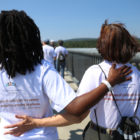
New York’s March for Justice
|
They were white and black, young and old, gay, trans and straight, putting themselves on the line for what the organizer called the civil rights movement for the 21st century.
Juvenile Justice Information Exchange (https://jjie.org/page/129/)

In late September, Torri was driving down the highway with her 11-year-old son Junior in the back seat when her phone started ringing.
It was the Hamilton County Sheriff’s deputy who worked at Junior’s middle school in Chattanooga, Tennessee. Deputy Arthur Richardson asked Torri where she was. She told him she was on the way to a family birthday dinner at LongHorn Steakhouse.
“He said, ‘Is Junior with you?’” Torri recalled.
Earlier that day, Junior had been accused by other students of making a threat against the school. When Torri had come to pick him up, she’d spoken with Richardson and with administrators, who’d told her he was allowed to return to class the next day. The principal had said she would carry out an investigation then. ProPublica and WPLN are using a nickname for Junior and not including Torri’s last name at the family’s request, to prevent him from being identifiable.
When Richardson called her in the car, Torri immediately felt uneasy. He didn’t say much before hanging up, and she thought about turning around to go home. But she kept driving. When they walked into the restaurant, Torri watched as Junior happily greeted his family.
Soon her phone rang again. It was the deputy. He said he was outside in the strip mall’s parking lot and needed to talk to Junior. Torri called Junior’s stepdad, Kevin Boyer, for extra support, putting him on speaker as she went outside to talk to Richardson. She left Junior with the family, wanting to protect her son for as long as she could ...

They were white and black, young and old, gay, trans and straight, putting themselves on the line for what the organizer called the civil rights movement for the 21st century.
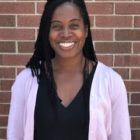
To become a champion of racial equity and social justice takes more effort than one might think. As a culture, we laud individuals with good character, attributing such virtue as a necessary component to ending the inequities that afflict society. We rely on our intuitive wisdom that tells us, “If you want to make a difference in this world, be a good person!”
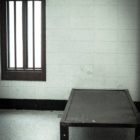
In April, a 15-year-old boy housed at the Arkansas Juvenile Assessment and Treatment Center spent the entire day alone in a small cell. Michael (the names of juveniles in this story have been changed to protect their anonymity) was put in a hold by a guard and taken out of his classroom at the facility's school. As he repeatedly said, "I am not resisting" and "no aggression" — a phrase used at AJATC to indicate compliance — Michael was brought across campus to Building 19.
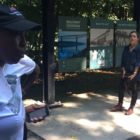
The first time I met the organizer of the March for Justice she told me to shut up. She put it more politely, but that was the meaning all the same.
I was milling about in the lobby of the Beacon Light Tabernacle Seventh Day Adventist Church in the Hudson Valley in New York state half-asleep, chatting with marchers about what in the hell would bring them out on a cold, rainy early Sunday morning when I heard it.
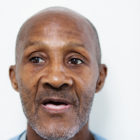
For more than a decade I have interviewed more than 1,000 kids in 35 states. What of these kids who were sentenced to long sentences and JLWOP, life sentences...
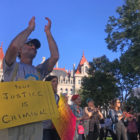
At the midpoint of the 180-mile March for Justice, its organizer, Soffiyah Elijah, was overwhelmed. She was simultaneously trying to find the proper turn on a back road in a Hudson Valley town, coordinate with the caretaker of a 105-year-old woman who wanted to join the march and figure out where to find a laundromat that would stay open late.

Daryl Khan, the New York bureau chief for the Juvenile Justice Information Exchange and for Youth Today, has been named the new director of the Urban Reporting Program at the Graduate School of Journalism at the City University of New York.
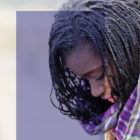
Black girls are nearly four times more likely to be arrested at school than their white counterparts and Latina girls are almost three times more likely to be arrested in elementary school than white girls, a new report says.